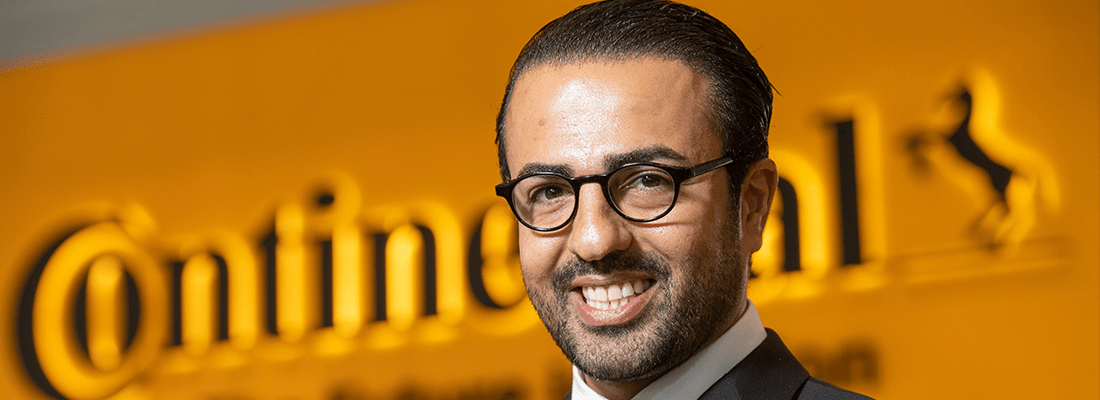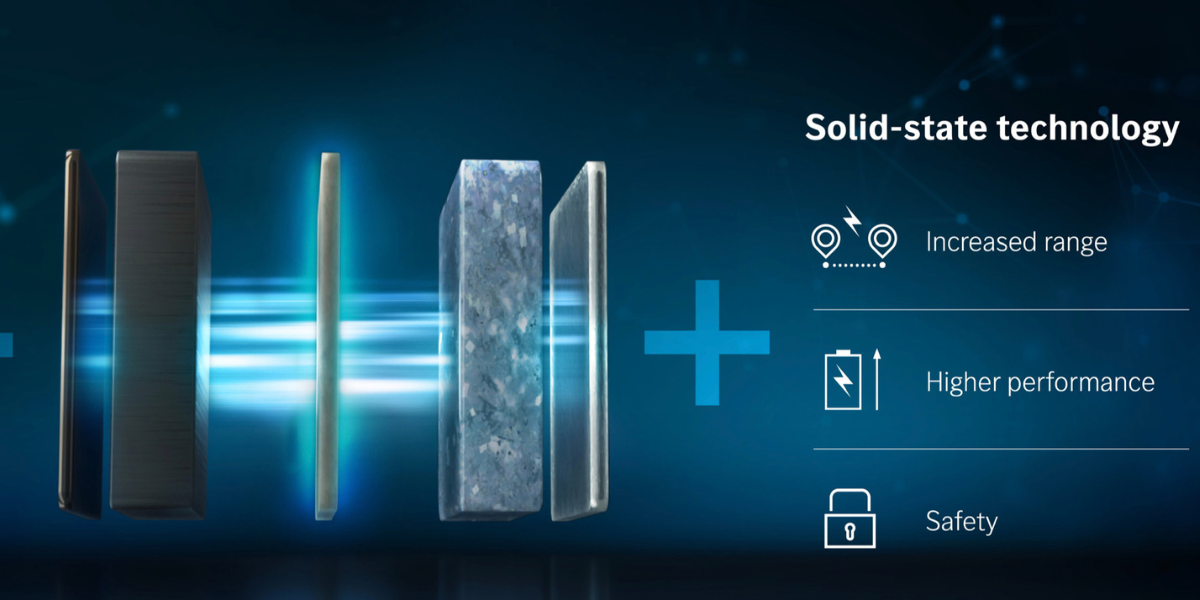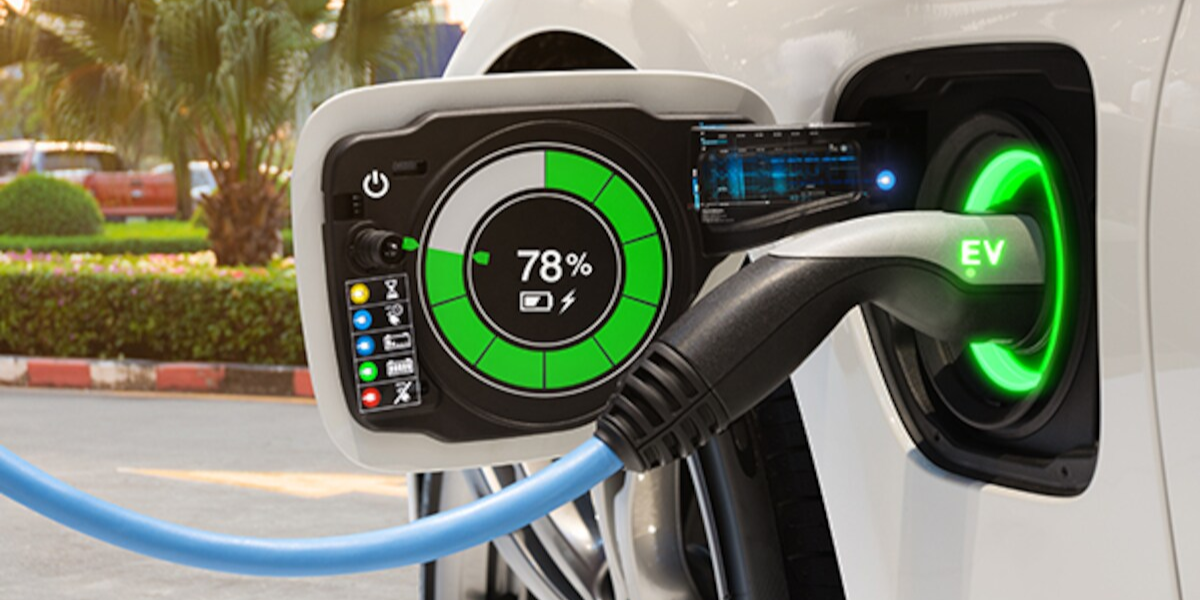Loading component...
It's not just about the tyres
Continental is one of the world’s ‘quiet giants’ of automotive remanufacturing. Despite this, the company’s Amir Mohseni tells Adam Hill, reman is still a topic that needs to be explained every day
Continental’s orange livery and distinctive equine logo is famous worldwide. The Germany-based multinational has been in tyre manufacture for 136 years, branching out into other areas of the automotive industry – from electronics to driverless vehicles – in the last few decades.
What is less well known is that the group has a long history in remanufacturing. Reman began as an internal service for Continental and has been going for more than 20 years. As with other original equipment manufacturers (OEMs), Continental does not necessarily trumpet its reman operation – for instance, there were no reman products on display at its plush stand at Automechanika in Frankfurt last September. But it is there. The group offers reman parts from the electronics and mechanics segments, with products ranging from diesel injectors and pumps to instrument clusters and navigation devices, with control units and air springs also on the cards.
“We’ve seen that the reman market is growing,” says Amir Mohseni, head of business development, OES (original equipment services). “Worldwide, Ekkehard Kraemer, vice president, OES, Continental Automotive, decided to put more emphasis on reman and crossselling.”
This makes sense, of course. As one of the leading suppliers to the automotive industry, Continental has close links with companies worldwide - and the company says it was this network that formed the foundation for the establishment of the remanufacturing business.
Special team
A special reman team was created, and Mohseni has been leading it since 2014, looking at the independent aftermarket (IAM), OEM and internal markets. “We emphasised what they wanted, we go step by step with customers locally,” he explains. The company has reman operations in North America (“the market is very well established”) and Europe (mainly Germany, although France and Romania are also mentioned) and has begun remanufacturing in the Shanghai area “for a big German OEM” in China. “We started remanufacturing hybrid electrical products,” he continues. “The China market is growing more than we expected.”
Given the rapidly-increasing number of vehicles in the country, Continental expects the reman market will develop faster there than in the rest of the world. Elsewhere in Asia-Pacific, the company has sites in India, Indonesia, Japan, Korea, Malaysia and the Philippines and says it intends to “strengthen local remanufacturing in these countries within the next few years”.
When it comes to sourcing cores, the company gets them from a variety of places. For example, automobile manufacturers collect used components from their authorised workshops and send them to Continental. For the IAM, wholesale distributors send the company some cores and others are bought from core specialists.
Differing expectations
Expectations of what reman can offer “differ from OEM to OEM and the IAM is different again,” explains Mohseni. “Some OEMs know the reman business very well and they know to expect the same quality at a different price. Some are also still in a developing phase – they use reman for delivery obligations, perhaps, or as an alternative.”
Auto repair shops are also very interested, Continental points out, since it gives them additional high-quality, reasonably priced product lines to sell alongside new parts.
While many OEMs want more reman from Continental, not everyone is convinced: “Not every OEM believes it’s a future trend.” This seems disappointing – not to mention, a little surprising. But Mohseni insists that Continental itself sees the value: “In Continental it’s an existing topic for sustainability, reducing waste, reusing materials and offering all customers an appropriate product.”
Although Mohseni says that Continental tailors its reman products to different customers, there are no plans for a reman brand as such. “No,” he says. “Because there is no difference.” Having said that, things could change. “I don’t reject the idea of having a separate brand, perhaps if the customer asked for it,” Mohseni continues. “But the reman strategy of Continental is to go with the serial business. It’s a big transformation.”
As well as classic products such as diesel injectors and pumps there are also “very complex” hybrid items to remanufacture. “Customers go to their garage and ask for a repair – whether IAM or OES they should have a reman product available,” he says. “With reman you can serve both clients.”
Continental is a huge organisation, with 240,000 staff and 27 business units. As with many large manufacturers, serious internal discussions tend to focus on product launches. There is a good reason for this – quite apart from the thrill of the new, with major revenue generation potential, there are highly complex technical specifications from OEMs which need to be fulfilled.
New ways
For internal customers, this has meant working with the serial business units of Continental. “We have said that things need to be a remanufacturable design – because OEMs are asking for it,” Mohseni says. “For example, try to screw everything – not to glue everything. It’s a completely new way of engineering. Normally we engineer on design to cost. We call this ‘servicitisation’; that’s the topic in Continental.”
Because of the way that this vast company works, it is hard to get a grip on exactly what proportion of Continental’s business reman takes up. But there is no doubt that it is important to the organisation. Mohseni’s business is mainly concerned with the chassis, powertrain and interior of vehicles – but, he points out, there are “so many people working on sustainability, it’s such a big company”.
Reman is a part of that effort – giving it a place at the top table of Continental: the group’s remanufacturing operation was highlighted in the group’s sustainability report, for example – a very high profile, consumer-facing document.
“The sustainability approach is led by top management through investor relations,” says Mohseni. “Sustainability is a very important reason for us to do reman. It has high visibility within the company.”
So while not exactly shouting from the rooftops, Continental clearly sees its reman operation as important, identifying it as part of the group’s environmental strategy and supporting circular economy principles. Its corporate literature emphasises energy and material savings of remanufacturing (up to 90%), and reduction in CO2 emissions per component of 50-90%.
But still, there is the issue of understanding and acceptance in a large part of the automotive market – and with the general public. “You have to explain what reman is,” says Mohseni. “And then show them what you can do with reman: energy saving, cost saving, environmental topics. We work to inform them about all the benefits, to make them more understanding.” He pauses and smiles: “There is still a lot to do after four years. Reman is a topic that has to be explained every day!”



